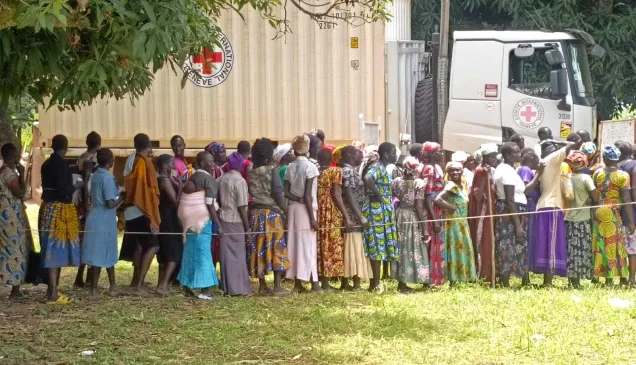Mali’s invisible front line: climate change in a conflict zone

Across Africa’s Sahel region people are enduring ever-increasing levels of violence. While conflict dominates headlines, climate change adds a second pernicious dimension to the mix. Lemba Bisimwa, who oversees the ICRC’s work on water and habitat projects in Mali, explains how climate change is taking its toll on people’s lives.
Sum up the humanitarian picture in Mali today?
Mali is facing an unprecedented humanitarian crisis. Since 2012, insecurity has blighted the north of the country. More recently, violence has got worse and has spread into central areas. Civilians have not been spared from the violence.
People have been uprooted from their homes and the humanitarian needs have grown sharply. More than 300,000 (UNHCR) people have been uprooted from their homes.
As you can imagine, when people leave their homes in search of safety it becomes harder for them to get the basics they need to survive – health care, clean water, sanitation, food, shelter, education.
Alongside the violence, the country faces increasingly frequent periods of drought and flooding, as well as a general deterioration in public services.
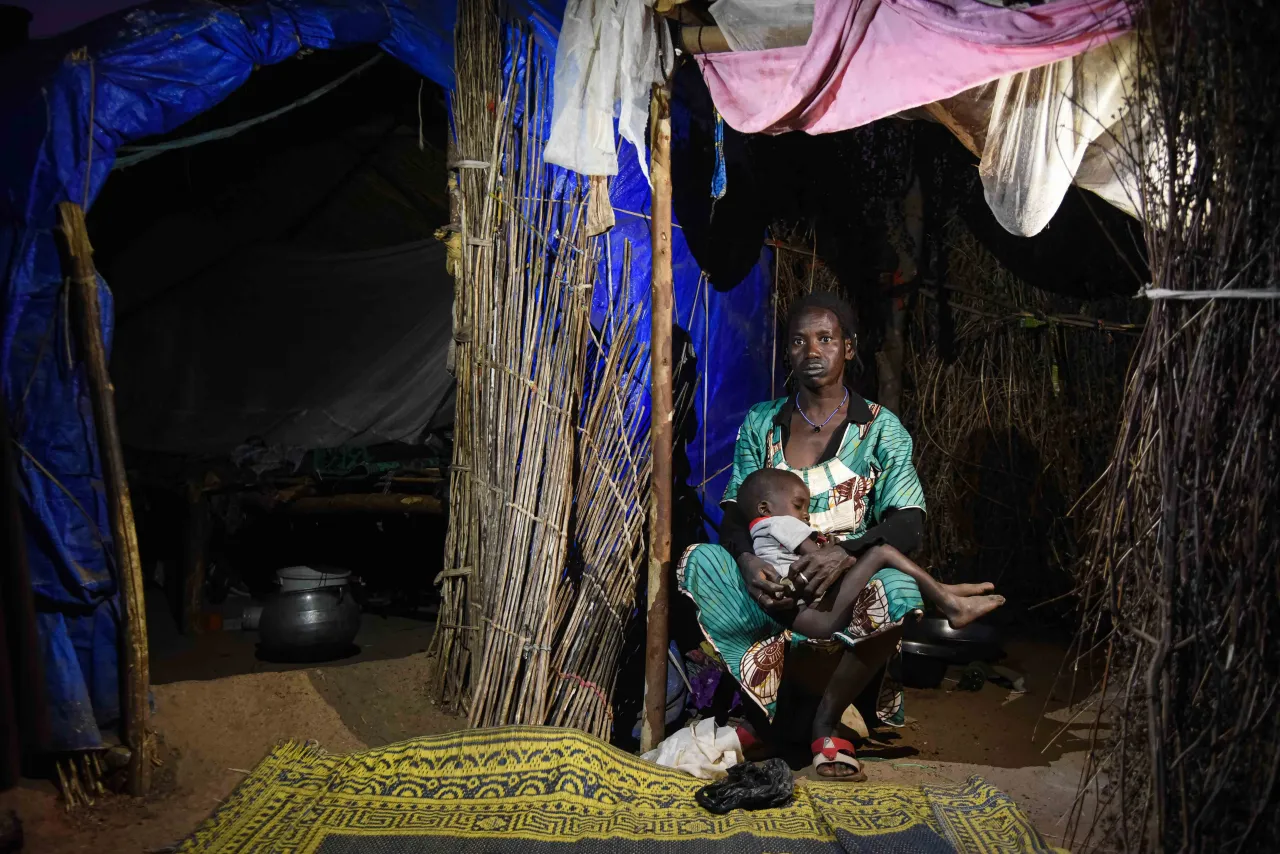
What does your job involve?
A large part of our work centres on clean water – improving people's access to clean water or supporting existing state services. What we find in areas affected by conflict is that the existing water infrastructure cannot cope with the demand.
As an example, you might have several water points in a village that struggle to supply water to residents at the best of times. So when large numbers of people arrive having fled violence, the demand on water points becomes too great.
In such cases we can drill new groundwater wells and equip them with solar pumps so people can get clean water.
On other occasions we have had to prop-up existing state water infrastructure. Last year we supported a water station in Bandiagara, near Mopti, with fuel so it could continue to supply water to around 27,000 people.
We also installed a 1km power cable to provide energy to a pumping station in the same area. So you can see that we work on small and large-scale projects.
What underpins our work is that water is a highly precious commodity and it's becoming increasingly difficult to maintain a sufficient supply to people in parts of the country hit by conflict.
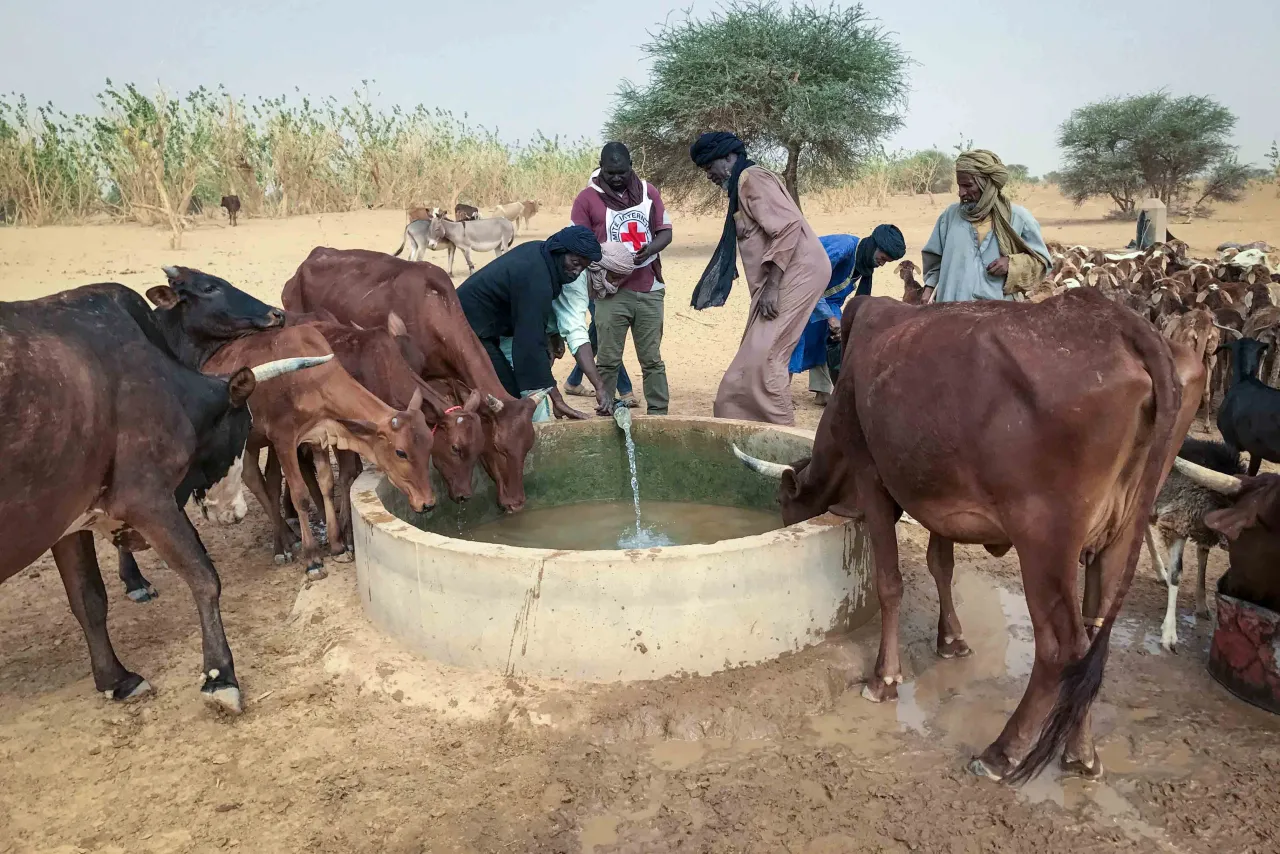
Is climate change a factor?
Around two thirds of Mali is desert. You have desert in the north and the Sahel strip – an area of dry land spanning several countries – runs across the centre. As mentioned, it's the northern and central areas that are also most affected by conflict.
Climate change makes matters worse. To put it simply, over recent years we've seen an increase in temperatures, less predictable rainy seasons and an increase in extreme weather events like floods and droughts.
We responded to deadly floods affecting 80,000 people across large swathes of the country last year.
Eighteen people were killed along with more than 500 cattle. Seven thousand tonnes of cereal were destroyed and more than 900 hectares of farmland was lost. Around 6,500 homes were also destroyed.
Can I say that these floods were linked to climate change? Almost certainly. Experts believe it to be the case and it's indicative of a wider pattern of change over many years.
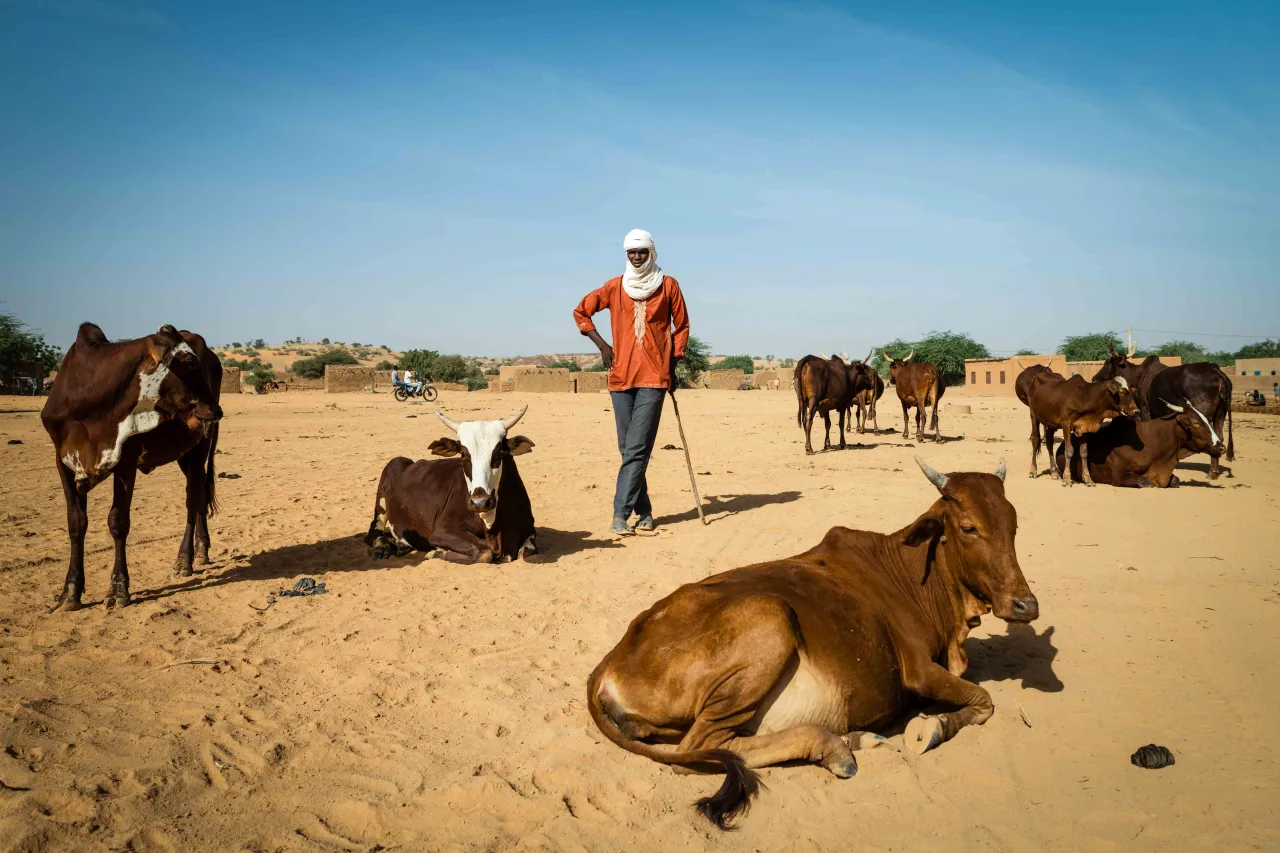
What are the consequences of climate change in Mali?
It's not always easy to establish a direct link between cause and consequence. What we see is that families are less able to sustain themselves via their own crops – the yields have dropped dramatically.
In Timbuktu, people told me that they used to be able to grow tonnes of onions or potatoes. But today they simply can't grow anywhere near the same quantities. Some seasonal and year-round crops have disappeared altogether.
Second, people depend on their animals for their livelihoods. If they don't have food and water, the animals become weak and their value drops, or worse, they die.
Increasing desertification, partly due to climate change, means herdsmen have to move in search of natural resources. It's not a choice, it's a necessity. For these people their entire wealth is tied up in their livestock.
They tend to migrate towards the south where there is pasture for animals to graze, but this is also land that farmers depend on.
This in-turn creates tensions and competition between communities – who controls the water points or the fertile lands. These tensions can quickly escalate into localised violence – an example of climate change being a driver of violence.
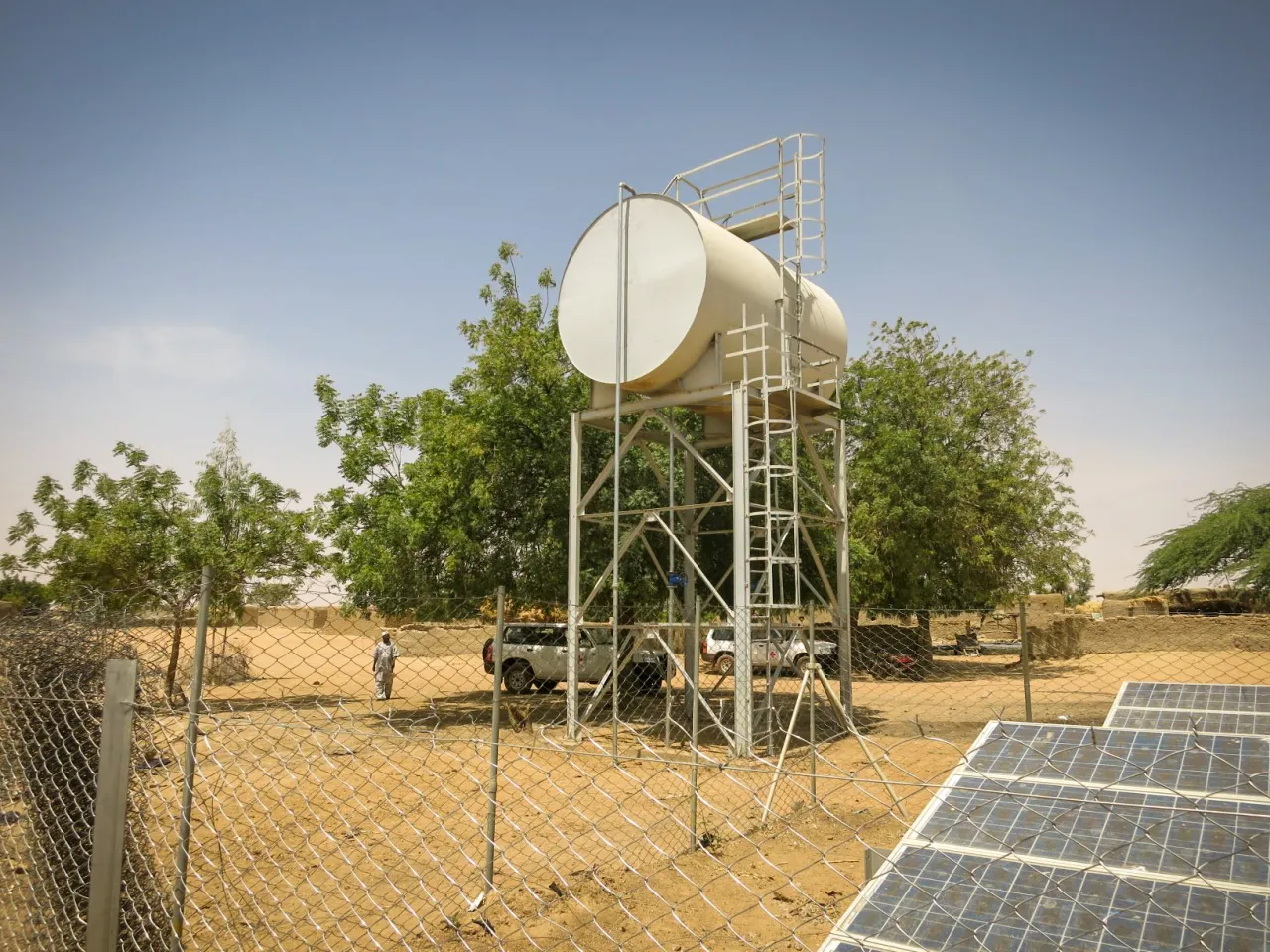
What can be done to reduce the impact of climate change?
Ordinary people have to deal with the burden of climate change. They may not be aware of the phenomenon in its scientific guise, but they are living through it daily.
There is no one solution and there is no one level of society that is responsible for solving the problem. Any response has to work across society – from a national to local level.
For the ICRC, we try to use renewable energy wherever possible. For example: boreholes or wells that use solar-powered pumps; solar panels and batteries in health centres, particularly those in rural areas.
The fact that water is not readily available remains a major issue; so it has to be harnessed in the most efficient way possible. This could mean encouraging farmers to use grains that are better adapted to the conditions, such as those that require less water and are more resilient to heat.
Or it could mean infrastructure projects. In Kidal, northern Mali, the annual rainfall used to be around 250mm (for comparison, London's annual rainfall is about 700mm).
Today in Kidal, the annual rainfall has halved to around 120mm. Normally in the rainy season you get seasonal rivers that appear. To make the most of the water, we've installed dams that retain the rain water.
This allows for the slow filtration of the water into the groundwater table and then into nearby wells, meaning they should have water for a good part of the year. This in-turn means that communities around these wells don't have to move further afield in search of water.
So you can see that the main focus of our humanitarian efforts when it comes to climate change is on helping people to adapt.
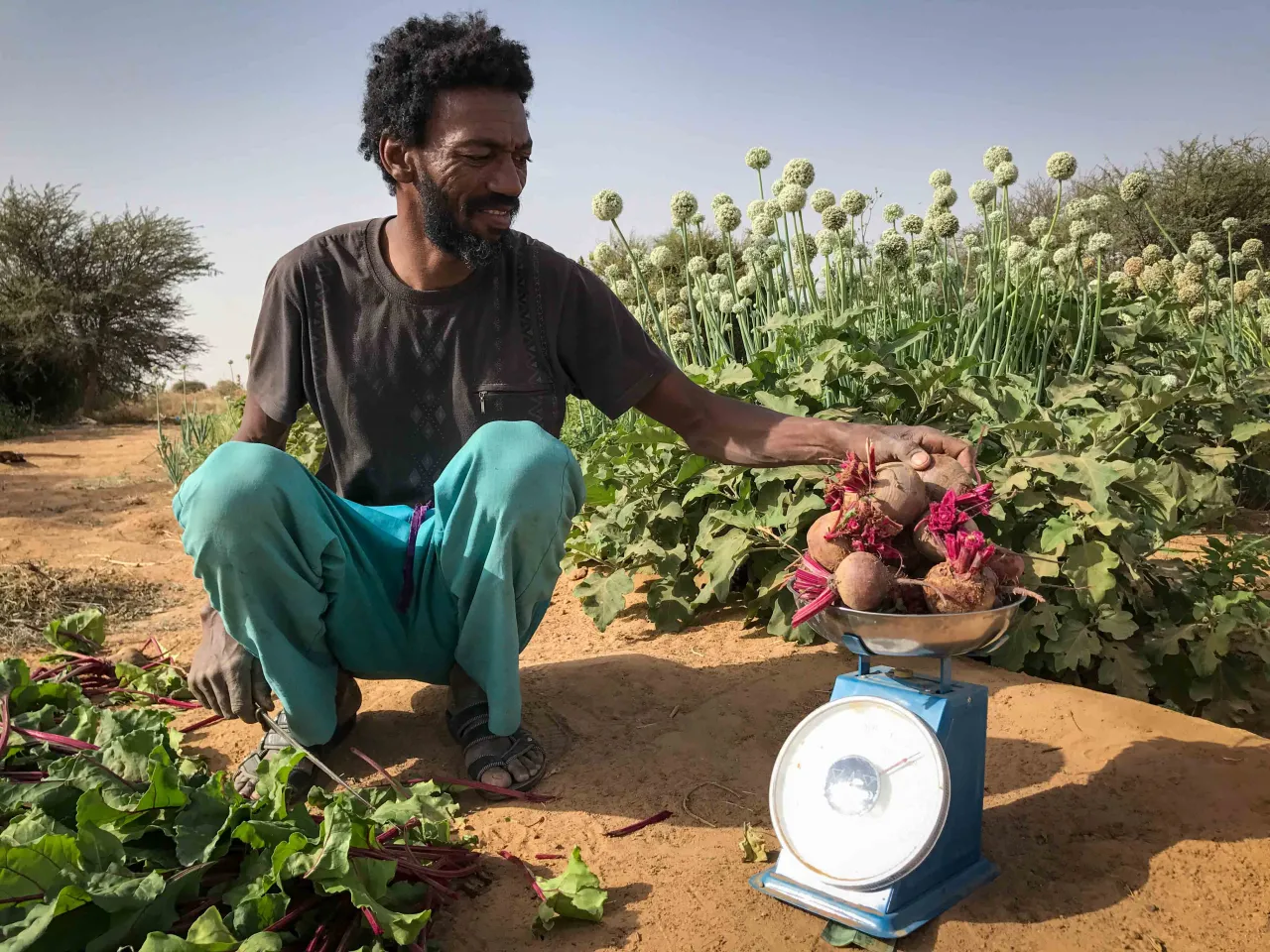
What about people in larger urban areas?
We're looking at much larger infrastructure projects that can support state services in urban areas.
The city of Gao, for example, has a population of around 100,000 people. The population is growing sharply while people are migrating to the city for a number of reasons, such as insecurity or in search of employment.
I'll stop short of saying that people are migrating due to climate change alone, but it is undoubtedly an aggravating factor.
The upshot is that there is not enough clean water in the city for everyone. We're trying to come up with a sustainable master plan to resolve the problem in the long term.
Today the city's water is supplied by 15 boreholes. These boreholes depend on fuel-powered generators to produce water.
We want to come up with a solution that will see a reduction in the use of fossil fuels, provide enhanced flood prevention and ultimately improve people's access to safe water.
The city is located on the River Niger, so we're looking at ways of utilising the river to provide water to the city in an energy efficient way.
We'll have to find innovative ways of financing the project, which will require a large amount of investment.
For further reading, see also:
- When Rain Turns to Dust, ICRC report on climate change and conflict based on research in southern Iraq, northern Mali, and the interior of the Central African Republic, July 2020
- Water and Habitat: Public Health Engineering during Armed Conflict 1983-2013, ICRC publication, September 2013.

